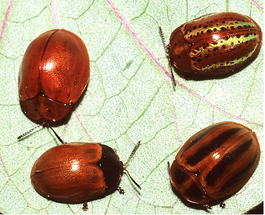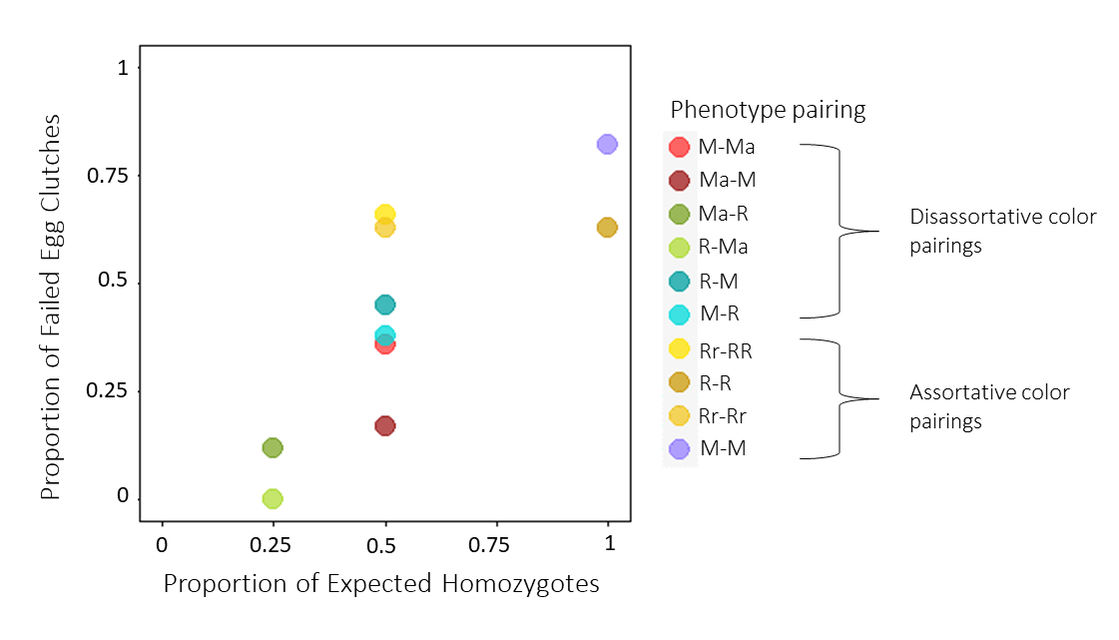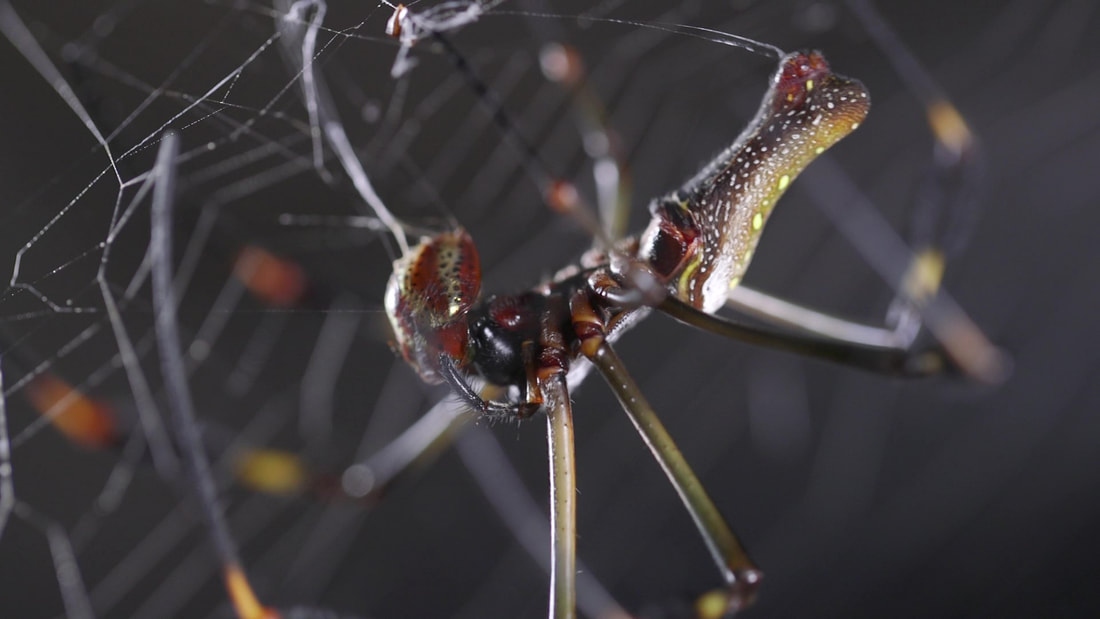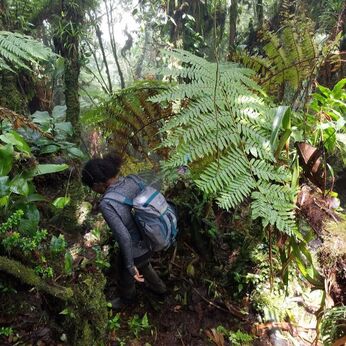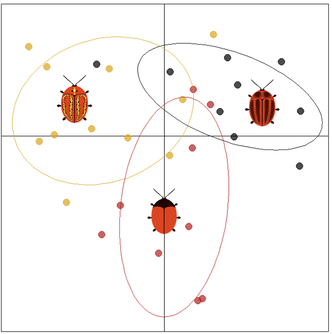"Variety's the very spice of life, that gives it all its flavor"
The above quote was written by the 18th century poet, William Cowper, in his seminal literary work, The Task. This quote, used colloquially in many contexts today, was undoubtedly inspired by the vast diversity seen in the natural world. Over the centuries, this biodiversity has inspired entire fields of study, many of them boiling down to two questions: why do we see such variety in life and how is it maintained? These are the driving questions of the CEEG lab. Persistent variation within natural populations offers an intriguing scenario to explore the interplay of both ecological and genomic mechanisms in maintaining diversity, and producing adaptive phenotypes. In this regard, color polymorphisms serve as an ideal system for examining the external forces shaping phenotypic variation and the genomic factors maintaining it. We work primarily with the charismatic subfamily of Cassidinae (tortoise beetles) in tropical and temperate environments.
Ecological mechanisms contributing to the maintenance of color variation
A variety of mechanisms have been demonstrated to maintain polymorphisms, including negative-frequency dependence, nonrandom mating, spatial or temporal heterogeneity, heterozygote advantage, and life-history tradeoffs. Understanding the external environmental and ecological mechanisms that shape variation is essential for a holistic view of biodiversity. We use a wide array of techniques and assessments to elucidate the ecological and environmental mechanisms that maintain variation. These include mating trials to assess nonrandom mating or differences in fecundity and offspring survival, predator bioassays to assess differential predation, chemical analyses (cuticular hydrocarbon assays), and field observations to examine variation in microhabitat or environmental partitioning.
Genomic insights into the maintenance of phenotypic variation
Understanding the genomic basis of adaptive traits is a central goal of evolutionary biology. We are interested in understanding the genetic and genomic basis of simple traits, such as color polymorphisms, which have provided valuable insights into the genomic architecture underlying ecologically relevant traits. Additionally, we seek to understand the underlying genomic basis for more complex phenotypes, including the evolution of maternal care in Cassidines. For these studies, we use a combination of RAD-sequencing, whole genome sequencing of pools of individuals (pool-sequencing), transcriptomics and differential gene expression, and genome assembly to identify genes and genomic variants underlying traits and phenotypes of interest.
